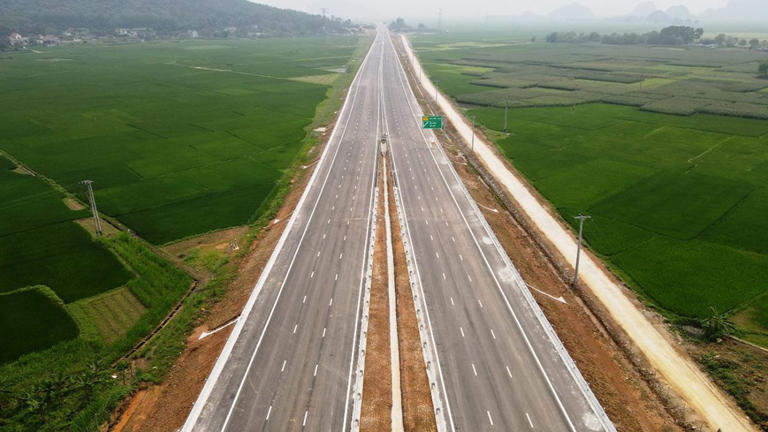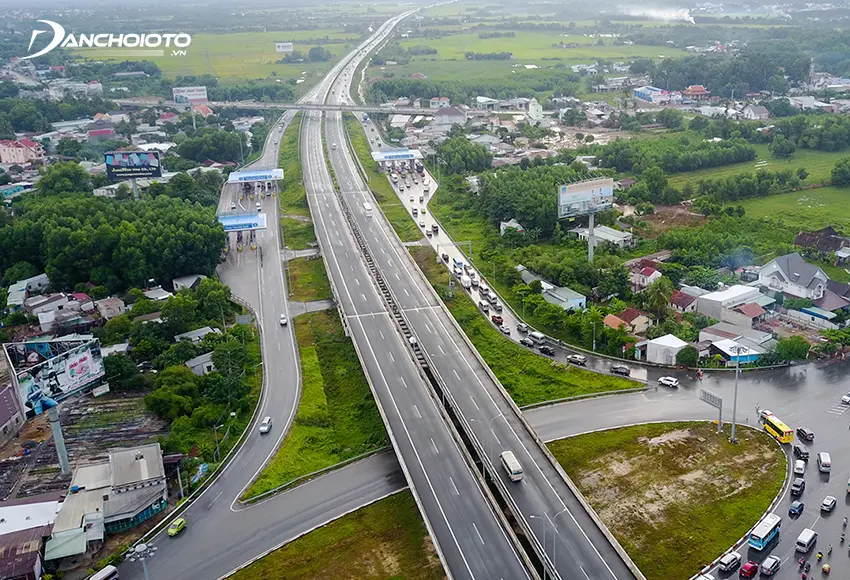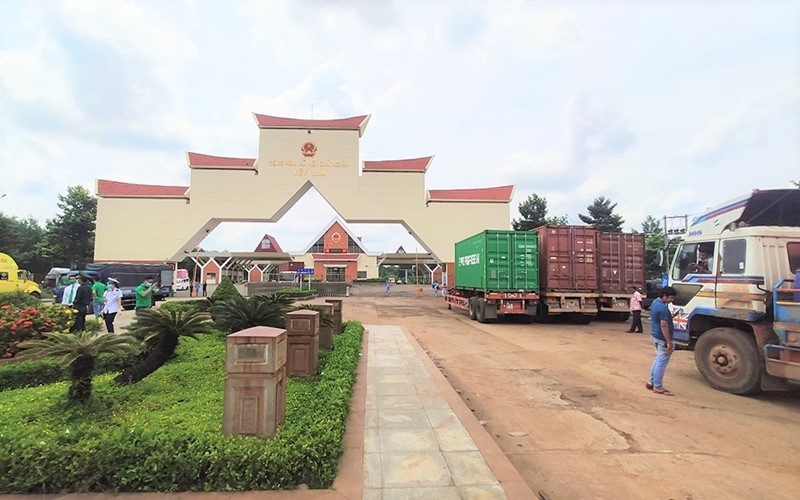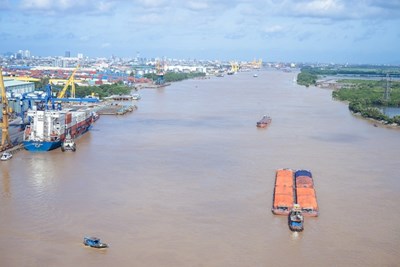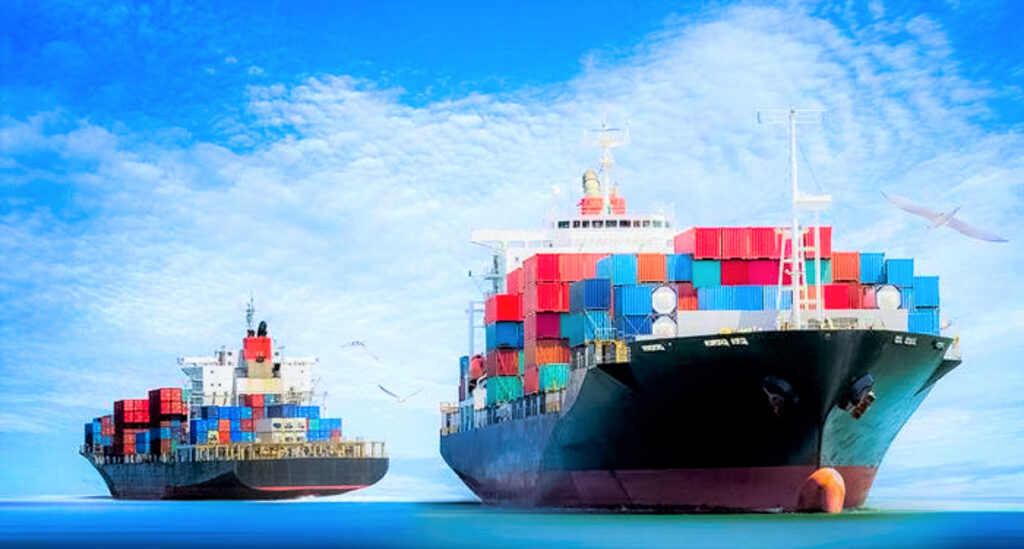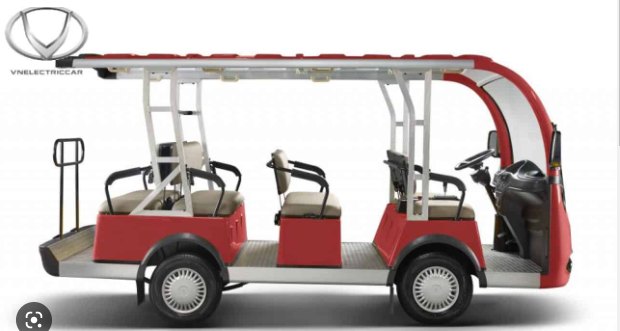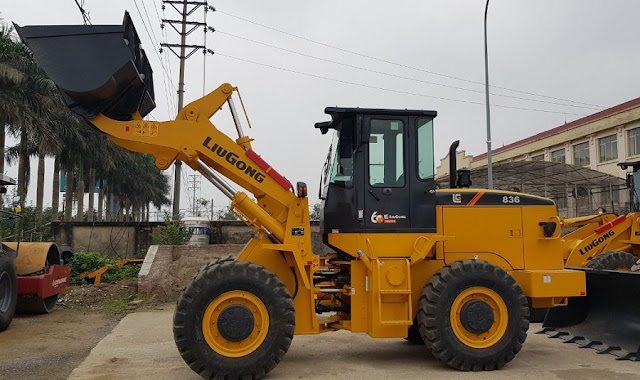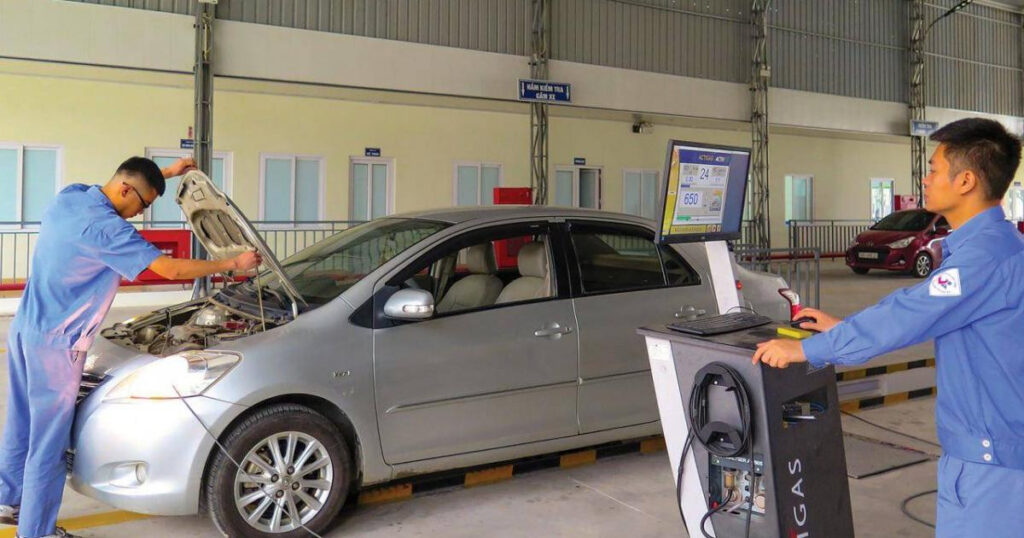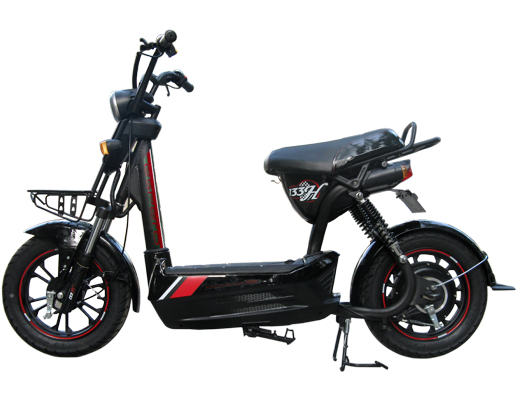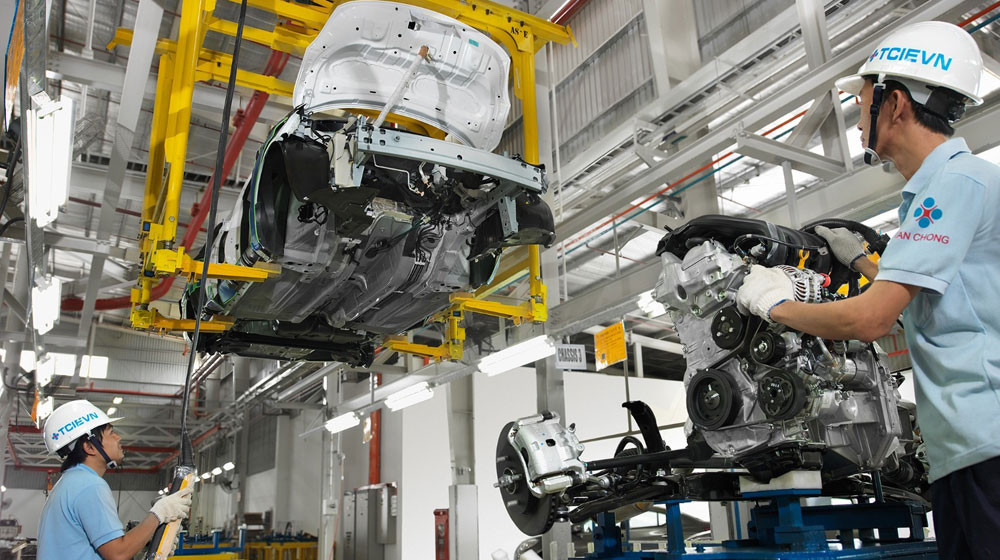The Vietnam Maritime Administration said that along with strengthening road vehicle load control, maritime port authorities carry out inspections and checks to control vehicle load at seaports.
Leaders of the Vietnam Maritime Administration said they have just reported on the results of implementing load control at seaports in February.
Vietnam Maritime Administration said that along with strengthening road vehicle load control, maritime port authorities have implemented inspections and checks to control vehicle load at seaports.
Maritime port authorities have presided over 135 inspections and load control of road vehicles at seaports, coordinating with the Traffic Inspectorate to carry out 5 load control inspections. As a result, in February, no vehicles carrying goods exceeding the allowable tonnage were detected in traffic.
Also according to the Vietnam Maritime Administration, in the coming time, this agency will continue to strengthen control of road vehicle loads at seaports. At the same time, conduct surprise inspections of ports and wharves showing signs of violating regulations on loading goods onto cars and sanction administrative violations according to authority when violations are detected.
Along with that, organize propaganda and guidance on legal regulations on road vehicle load control with ports and wharves under their management, requiring port and wharf businesses to comply well and fully. committed content.
Previously, regarding inspection and control of vehicle loads at seaports, the Vietnam Maritime Administration proposed to increase the application of information technology applications, improving the efficiency of load control.
At the same time, the leaders of the Vietnam Register also proposed increasing equipment, organizing seminars, professional training, and providing financial support for forces doing inspection and load control work. at maritime port authorities.
According to many transportation businesses, vehicle load control at seaports is highly required. Because in reality, cargo load is related to maritime safety and port operations. According to regulations, customers are also responsible for the volume of goods, so they often have to declare correctly. However, ports also place weighing stations at entrance gates to control goods vehicles passing through. From there, control the actual tonnage of the goods, compare them with the goods owner's declarations and documents, and control oversized and overloaded goods.
The leader of a business operating in freight transport in Hai Phong shared that vehicle load control at the seaport is strictly implemented for both imported and exported goods. For example, at Nam Dinh Vu port, 2 weighing stations are currently arranged and coordinated with functional forces to conduct periodic inspections, as well as coordinate with shipping lines to control cargo loads.
Also according to this leader, shippers of export and import goods must now have a VGM (voucher confirming the total volume of international shipping containers).
The port will check the VGM, as well as confirm the fact with a scale. For export goods, when entering the port, customers must declare the load according to the declaration form, then the port will update the shipping company./.
Source: VIMC

